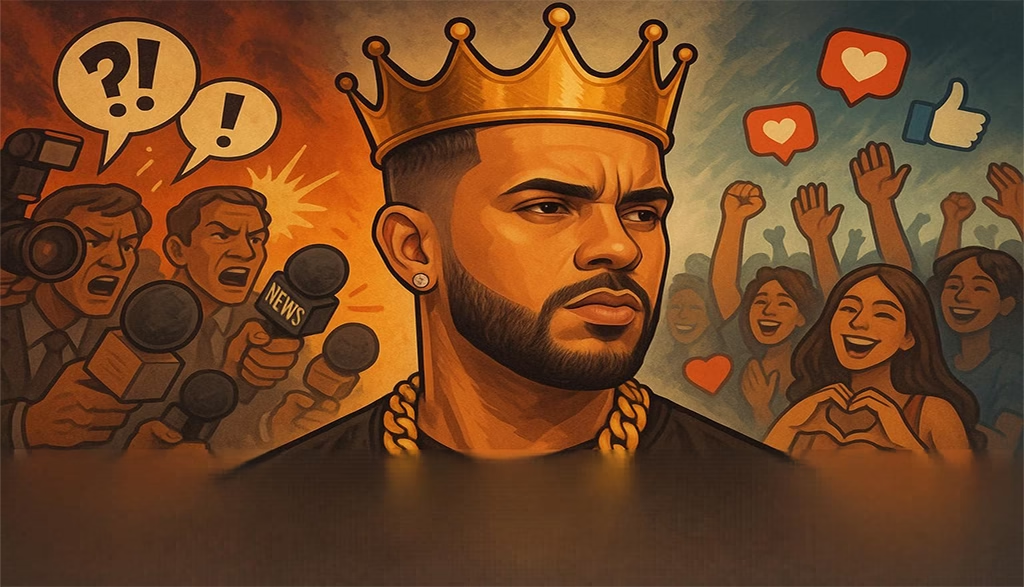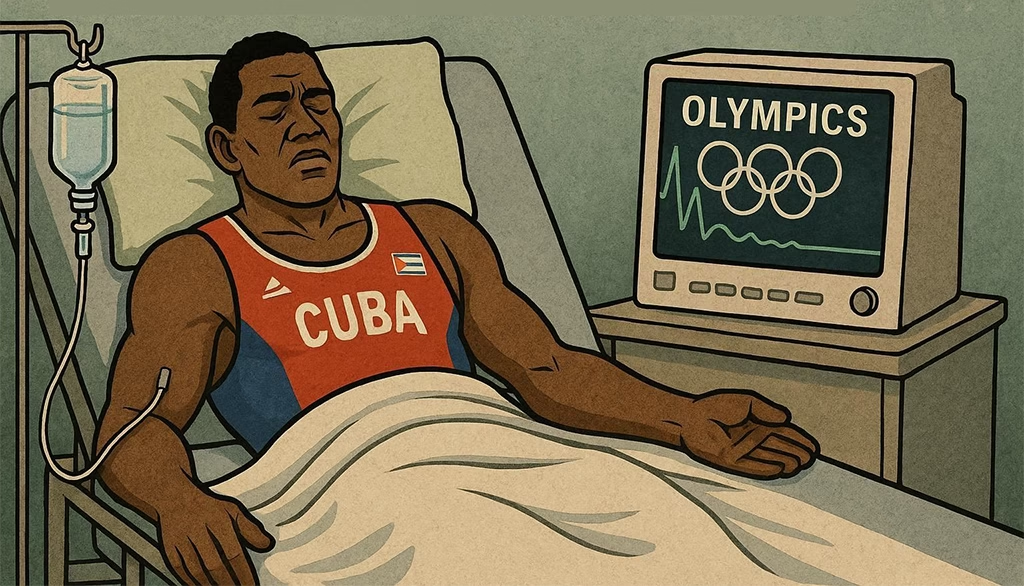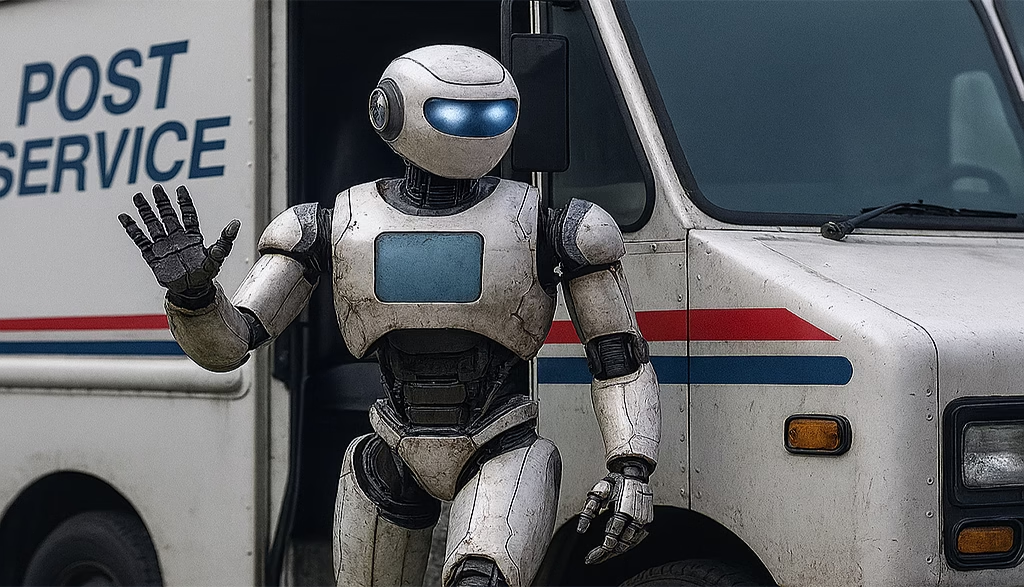Reading Time: 2 minutes
Content
Reggaeton: Controversy and Adoration
Reggaeton has crowned itself as the dominant musical genre in the global urban scene, conquering charts, festivals, and social media. However, its rise hasn’t been free of controversy. Reggaeton: Controversy and Adoration perfectly encapsulates how, while millions celebrate it as a revolutionary cultural phenomenon, critics denounce its explicit content and perceived lack of artistic depth.
Origins: From the Margins to the Mainstream
Born in the neighborhoods of Puerto Rico and Panama in the 1990s, reggaeton reflects social realities, celebration, and resistance. Pioneering artists like Daddy Yankee, Don Omar, and Tego Calderón brought it from the underground to the mainstream, turning it into a powerful voice of Latin youth. This transformation epitomizes how reggaeton journeys through controversy and finds adoration.
Sonic Evolution and Global Reach
The genre has absorbed influences from trap, pop, and electronic music, adapting to new audiences. Artists like Bad Bunny, J Balvin, and Karol G have shattered international records, bringing reggaeton to global stages and collaborating across genres. Its ability to polarize, through a mixture of controversy and adoration, explains this wide-reaching success.
Reggaeton: Polemic and Adored
Criticism and Controversy
Despite its growing success, reggaeton faces many detractors. Common accusations include:
- Misogyny and excessive sexualization
- Vulgar language
- Lack of thematic diversity
For some, reggaeton revolves around repetitive themes—partying, sex, money—which limits its artistic value and narrative depth. Yet, such controversial themes play into its adoration.
Why Is Reggaeton So Successful?
Several key reasons explain the genre’s dominance:
- 🎵 Catchy, syncopated rhythm: Based on the dembow beat, it’s highly danceable and infectious.
- 🌍 Fusion of influences: Caribbean, reggae, dancehall, and hip hop blend into a modern, versatile sound.
- 🗣️ Urban storytelling: Lyrics often touch on current, everyday topics using provocative language that resonates with young audiences.
- 🤝 Collaborative culture: Artist partnerships strengthen the genre’s unity and relevance.
- 📲 Digital diffusion: Streaming platforms have enabled reggaeton to reach wide and diverse audiences.
Scientific studies show that reggaeton stands out not only for its rhythm but also for its sonic intensity and tonal qualities which, though not always joyful, remain emotionally compelling to listeners. These features echo the inherent reggaeton controversy while subtly fostering adoration among its fans.
Collaborations That Break Boundaries
Artists from other genres have embraced reggaeton’s momentum, expanding its reach:
- 🎤 Justin Bieber teamed up with Luis Fonsi and Daddy Yankee on the global hit “Despacito,” blending reggaeton with international pop.
- 🎧 Cardi B, a U.S. hip-hop star, collaborated with Bad Bunny and J Balvin, merging reggaeton with hip-hop and Latin trap.
- 🎸 Julieta Venegas joined Bad Bunny on the track “Lo siento BB.”
Other major Latin artists have crossed into reggaeton:
- 💃 Shakira has collaborated with several reggaeton stars.
- 🕺 Maluma, a pop icon, frequently partners with urban artists.
These collaborations show how reggaeton has broken stylistic barriers, integrating voices from pop, rock, hip-hop, and regional music—thus capturing both reggaeton’s controversy and its widespread adoration in the music world.
Othe interesting articles
The Power of Music: Harmonizing the Mind – The Natural Memo Times




